Drowsy Driving Awareness Week
The third full week in August has been designated as Drowsy Driving Awareness Week in Utah, so we’ll be sharing information about the dangers of drowsy driving and how everyone can help prevent episodes of it.
To get things started, here’s a brief who, what, where, when, why and how.
DETAILED DATA
Get detailed data on drowsy driving in Utah in our crash report here: Drowsy Drivers
WHO
Younger and older drivers are most commonly involved in drowsy driving crashes in Utah.
WHAT
Driving while you’re sleepy.
You might not realize it, but it has similar effects to driving drunk.
Don’t endanger yourself, your passengers or others on the road. If you feel sleepy, get off the road.
WHERE
Higher percent of crashes in rural areas.
Could indicate road trips – longer drives.
People trying to just drive through to their final destination.
WHEN
Drowsy driving crashes occur year round, but more during summer months.
Again, could indicate long road trips.
WHY
We aren’t getting enough sleep and that’s having negative effects on our lives – including our driving.
WATCH: a story “I fell asleep at the wheel, and it resulted in the death of my sister Maddie”
https://youtu.be/bTb0hCt9FEI
HOW CAN YOU PREVENT DROWSY DRIVING
Recognize the signs – in yourself or, if you’re a passenger, in the driver.
Don’t hesitate to get involved – recommend stopping for a break or offering to drive if you’re awake and alert.
Help the driver recognize that he/she is tired and that drowsy driving is dangerous.
Before you hit the road – follow these steps to help avoid drowsy driving:
On the road – if you get sleepy, follow these tips to help keep you safe:
SLEEP SMART. DRIVE SMART. ARRIVE ALIVE.
For more information about drowsy driving, visit
HSO Drowsy Driving 2014 Crash Fact Sheet
Zero Fatalities Drowsy Driving
Tags: drowsy driving

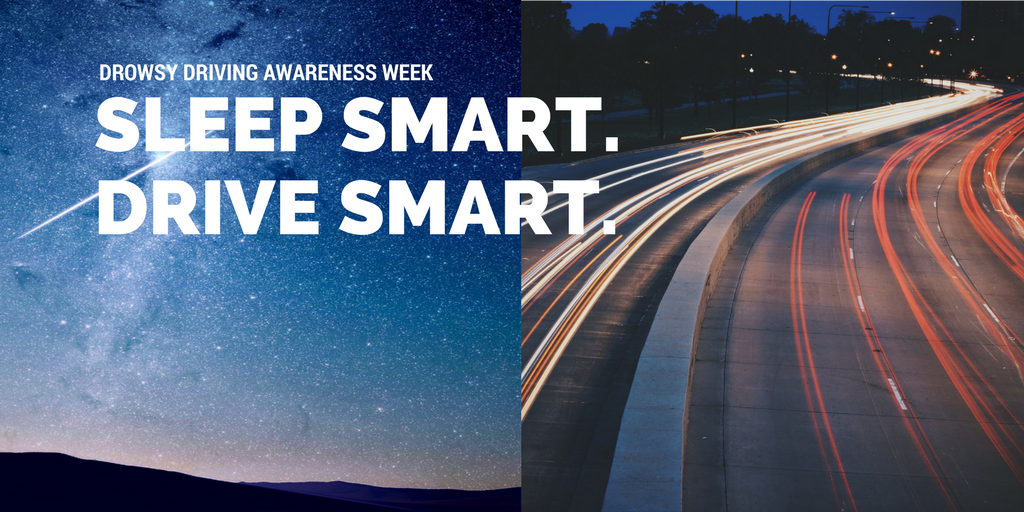
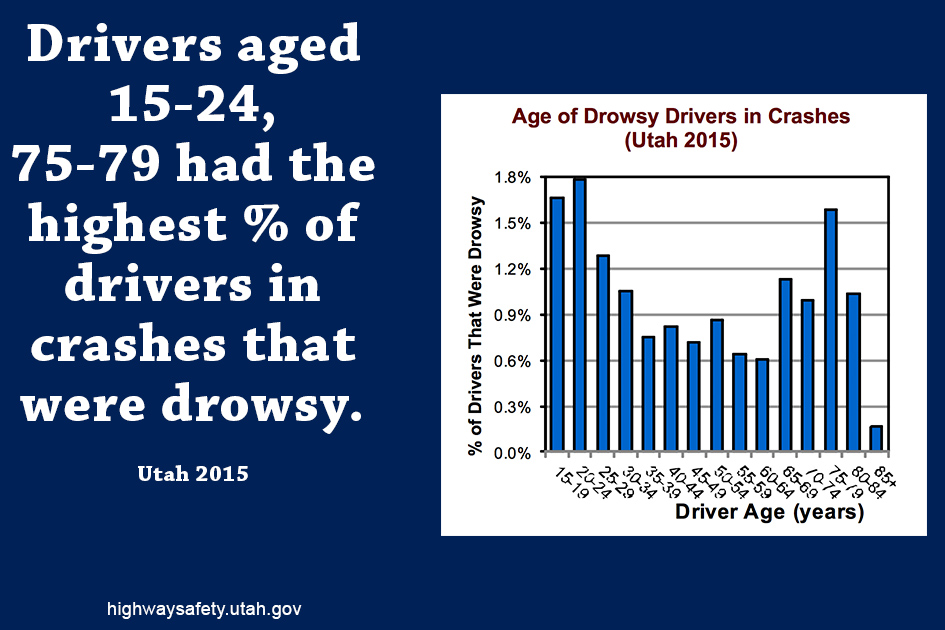
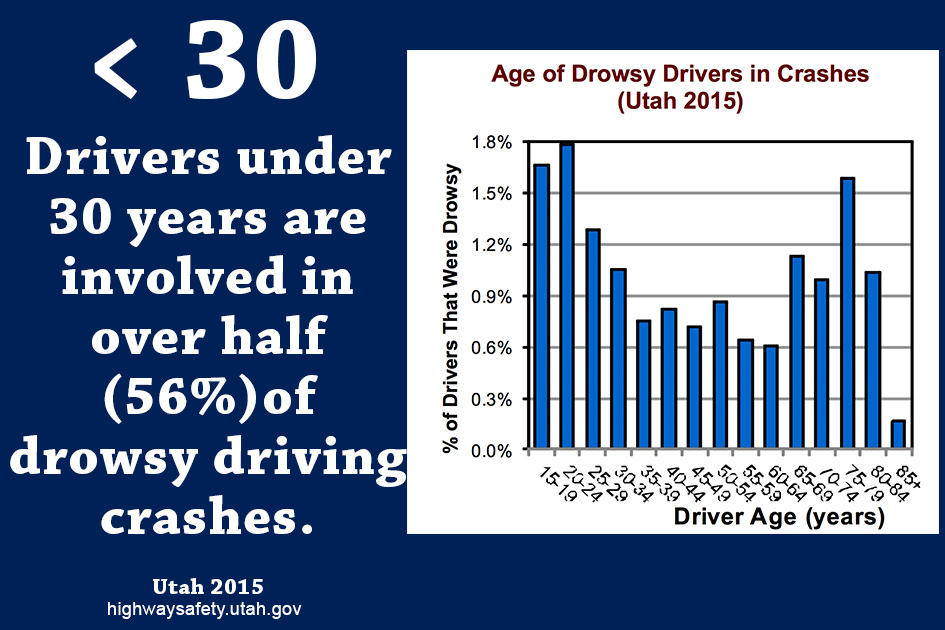
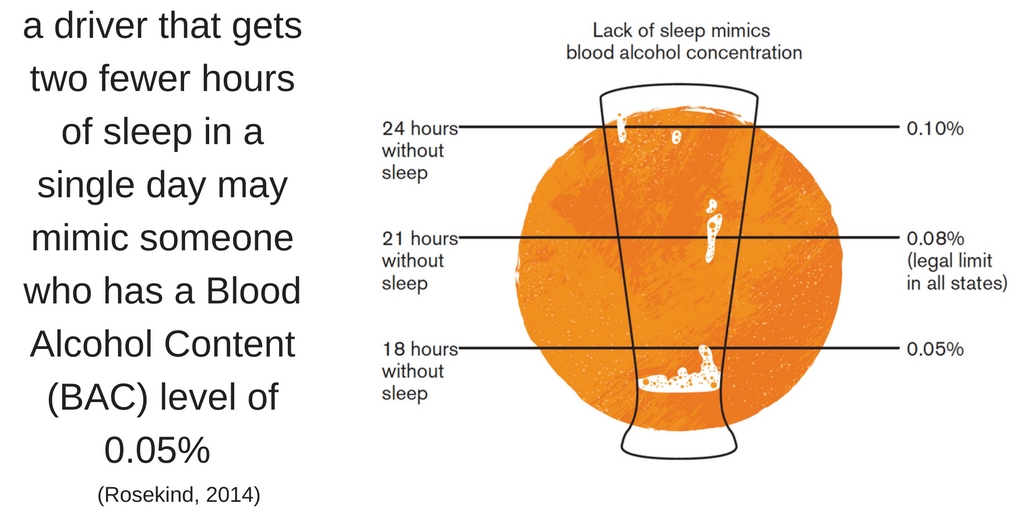
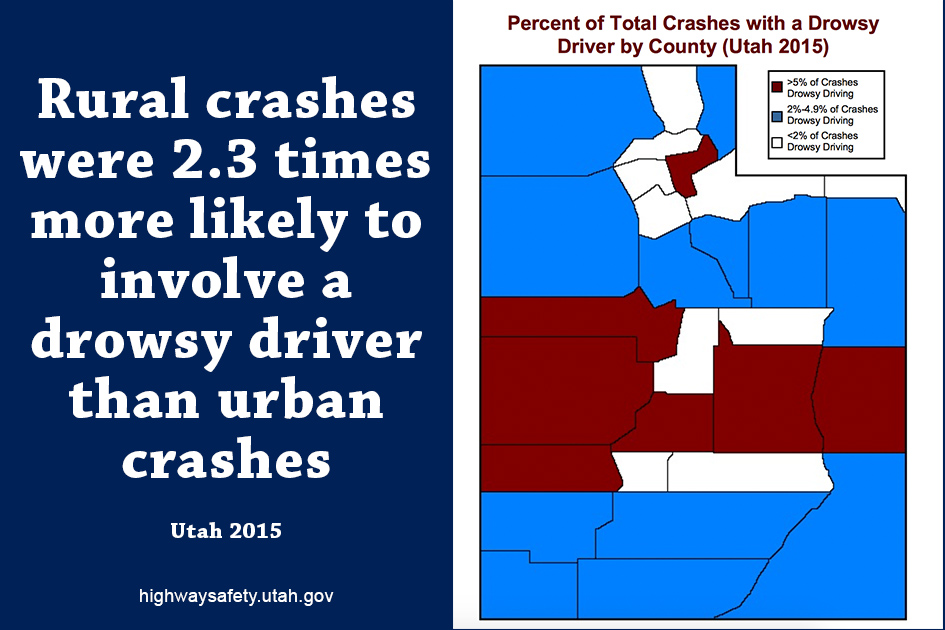
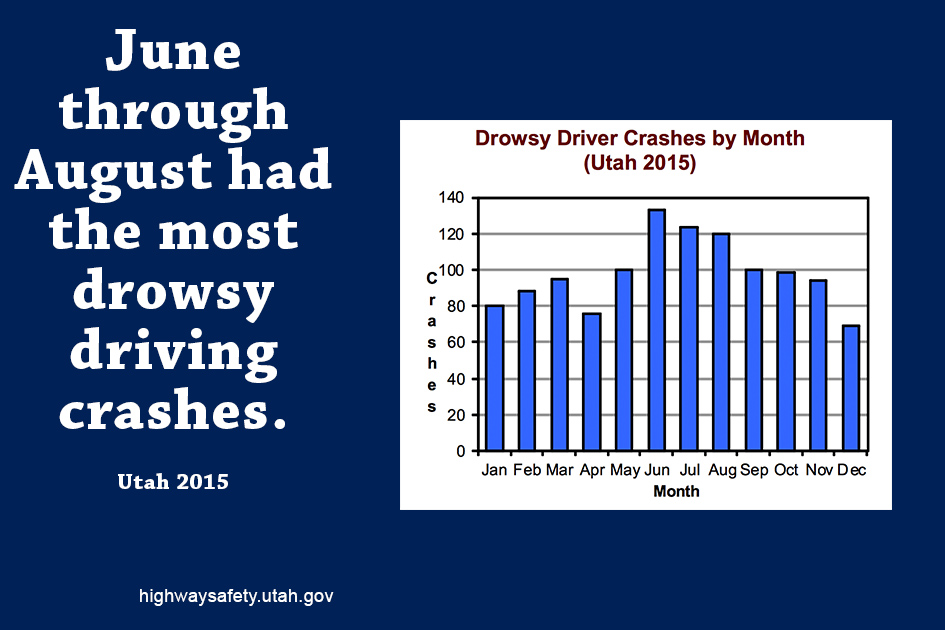
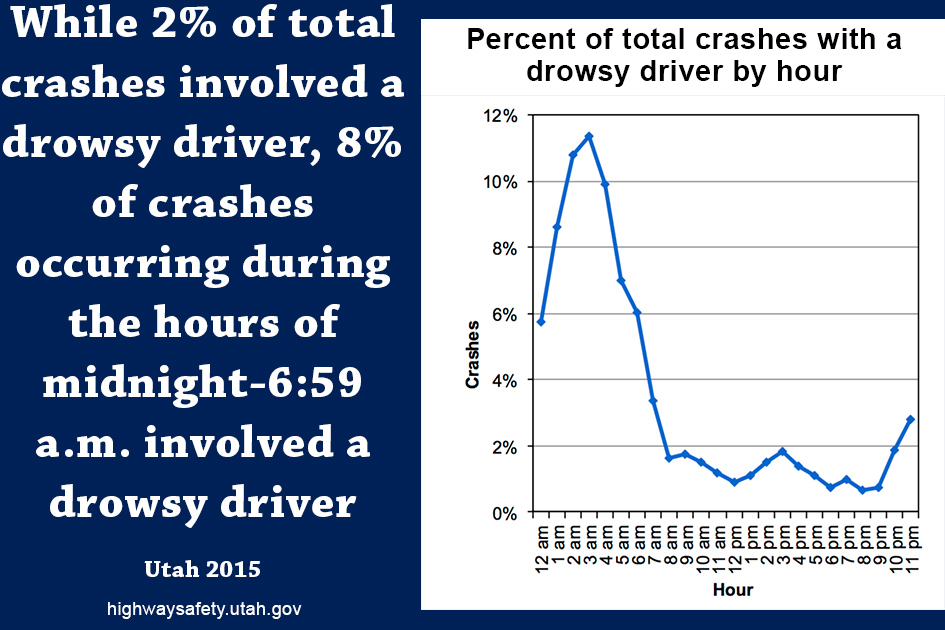
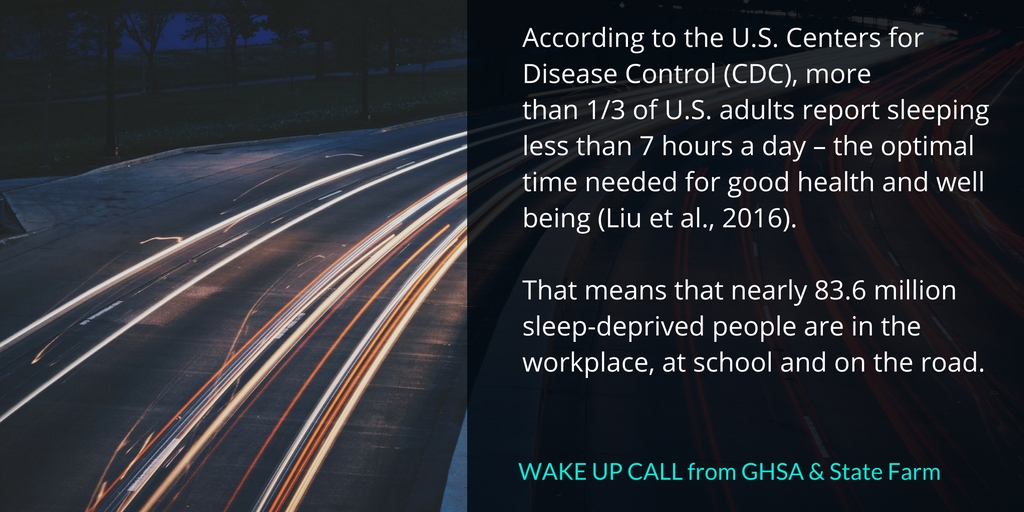
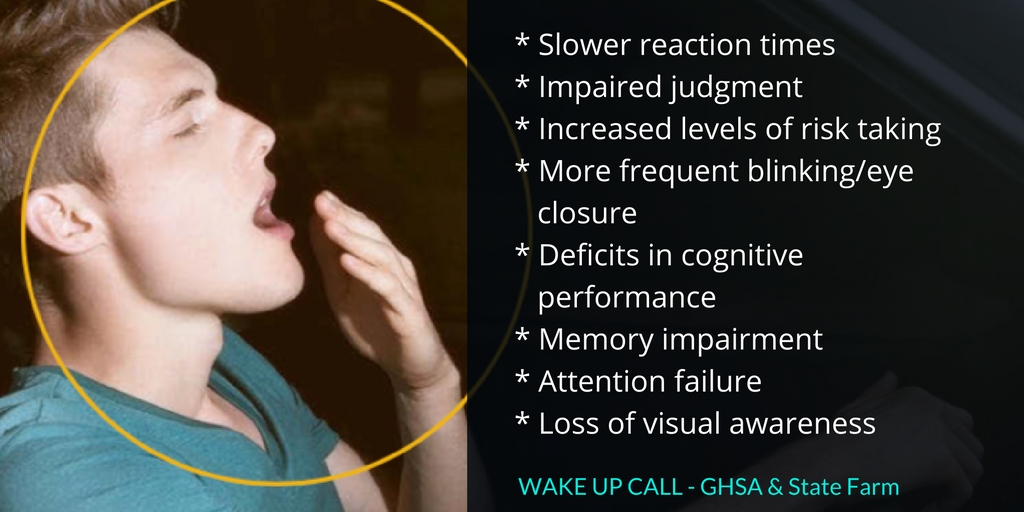
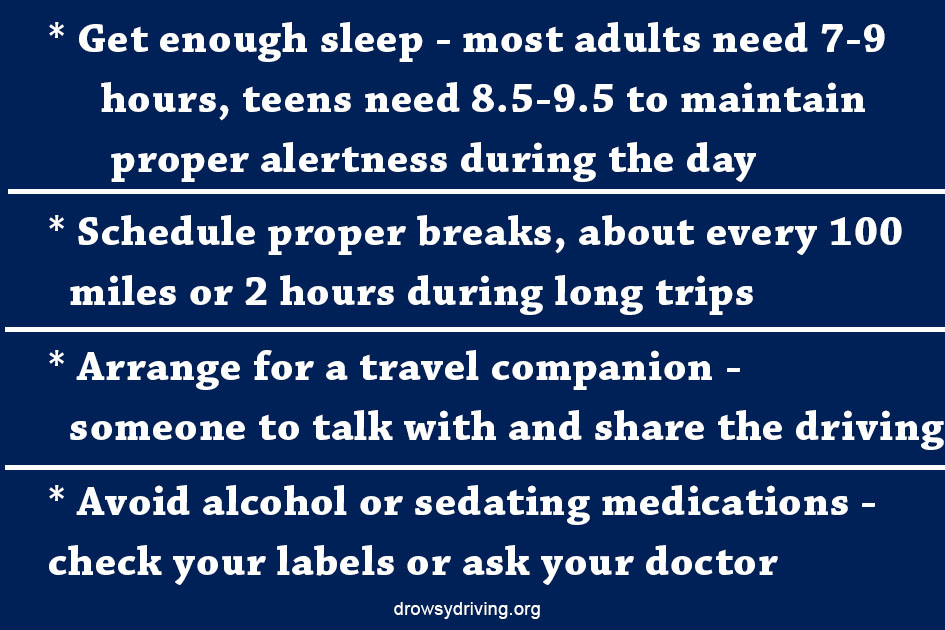
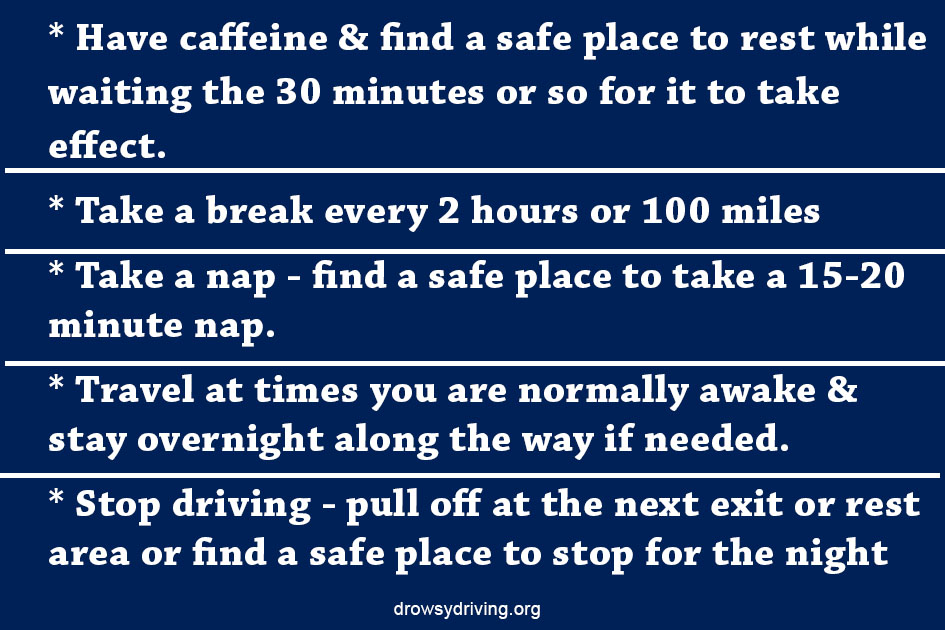
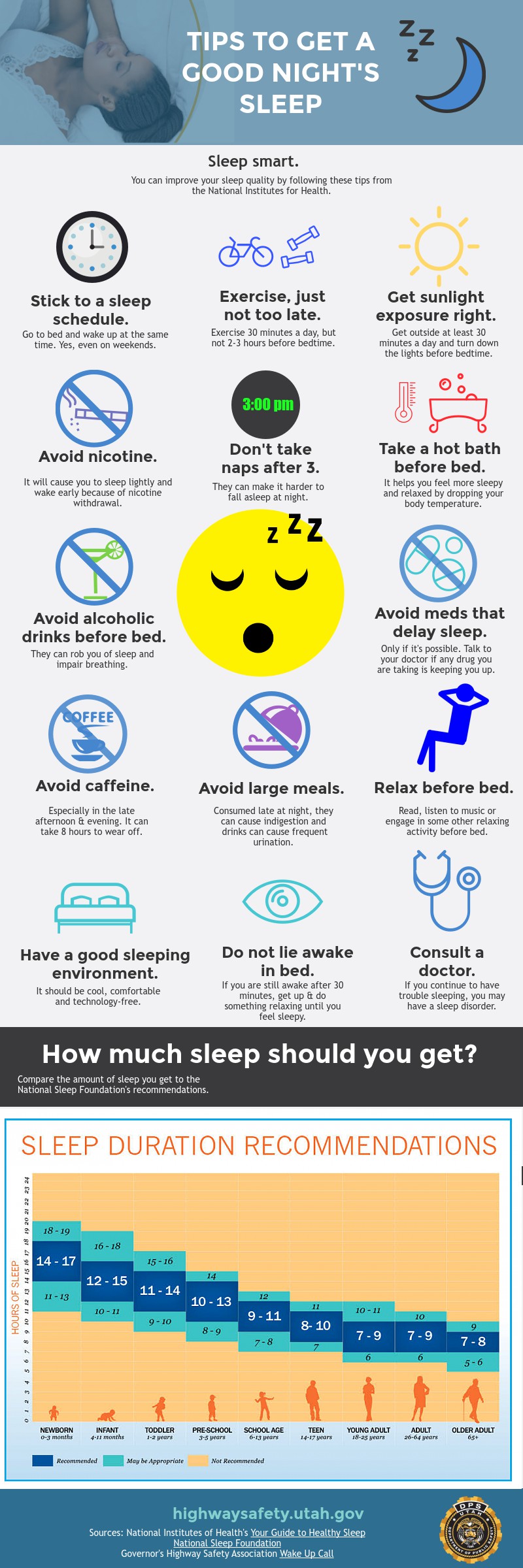
If you found this news entry interesting, please consider sharing it through your social network.